How much memory does this project have? 16 bits.
How much current does it take to flip a core? 540mA total per each core in this case.
Or 270mA for each selected X and Y wire.
Voltage requirements? +12 Volts for the Sense and Latch circuit.
+13.5 Volts for the X and Y coincident current wires
Can the X and Y current wires be addressed? Yes. A future project is to scale up more memory and include the logic required to address the writing and reading of the cores as well as a automatic Write after Read cycle to preserve the prior memory state.
Is the memory lost when power is removed? No. The cores retain their magnetic state when power is removed. Nonvolatile Memory.
What kind of copper foil is being used? Stained Glass Foiling Tape found in many hobby and craft stores. The foil takes solder quite well but the heat of soldering will weaken the adhesive on smaller pads and they will move around a little until cooled.
 Dr. Cockroach
Dr. Cockroach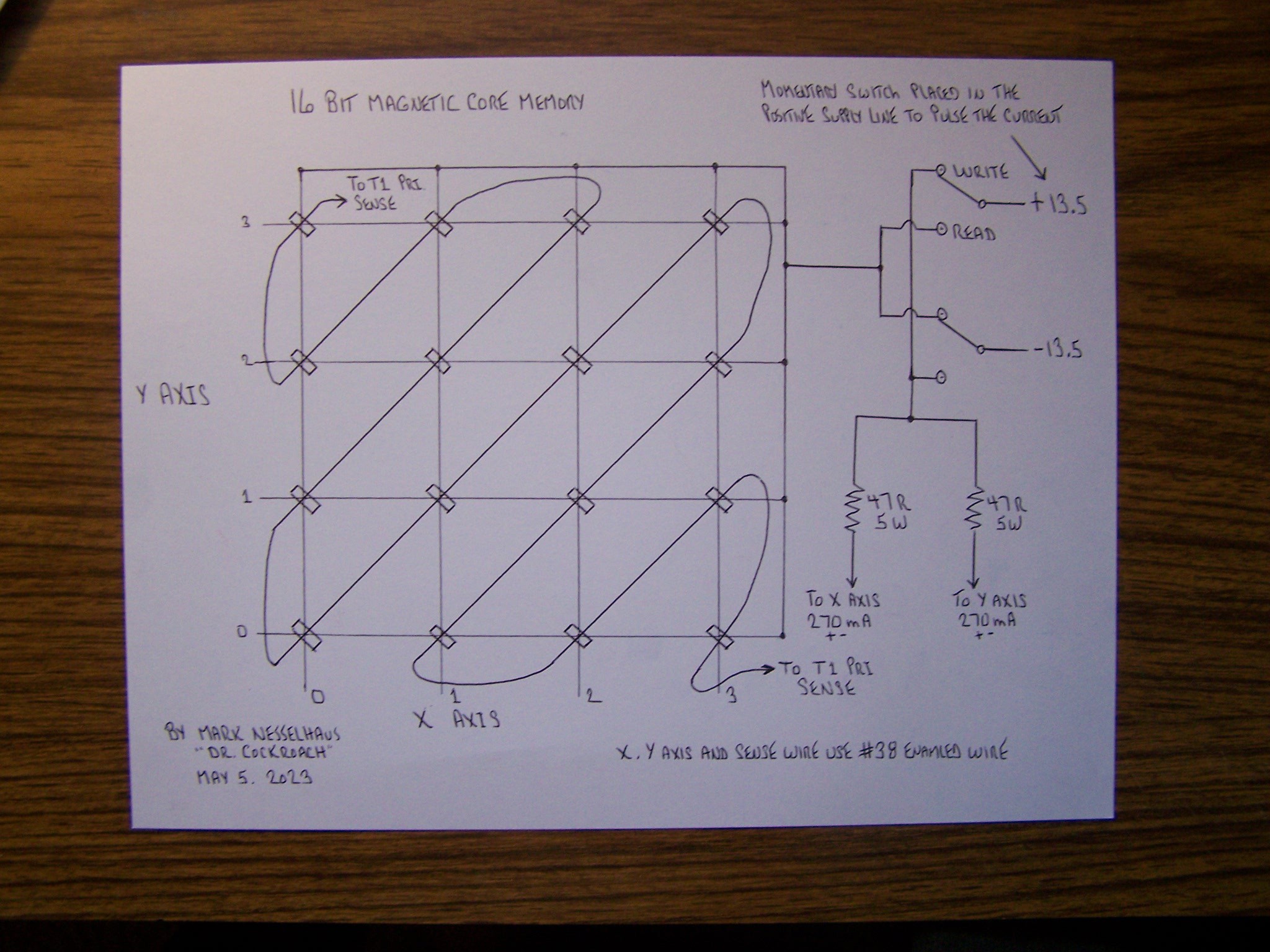
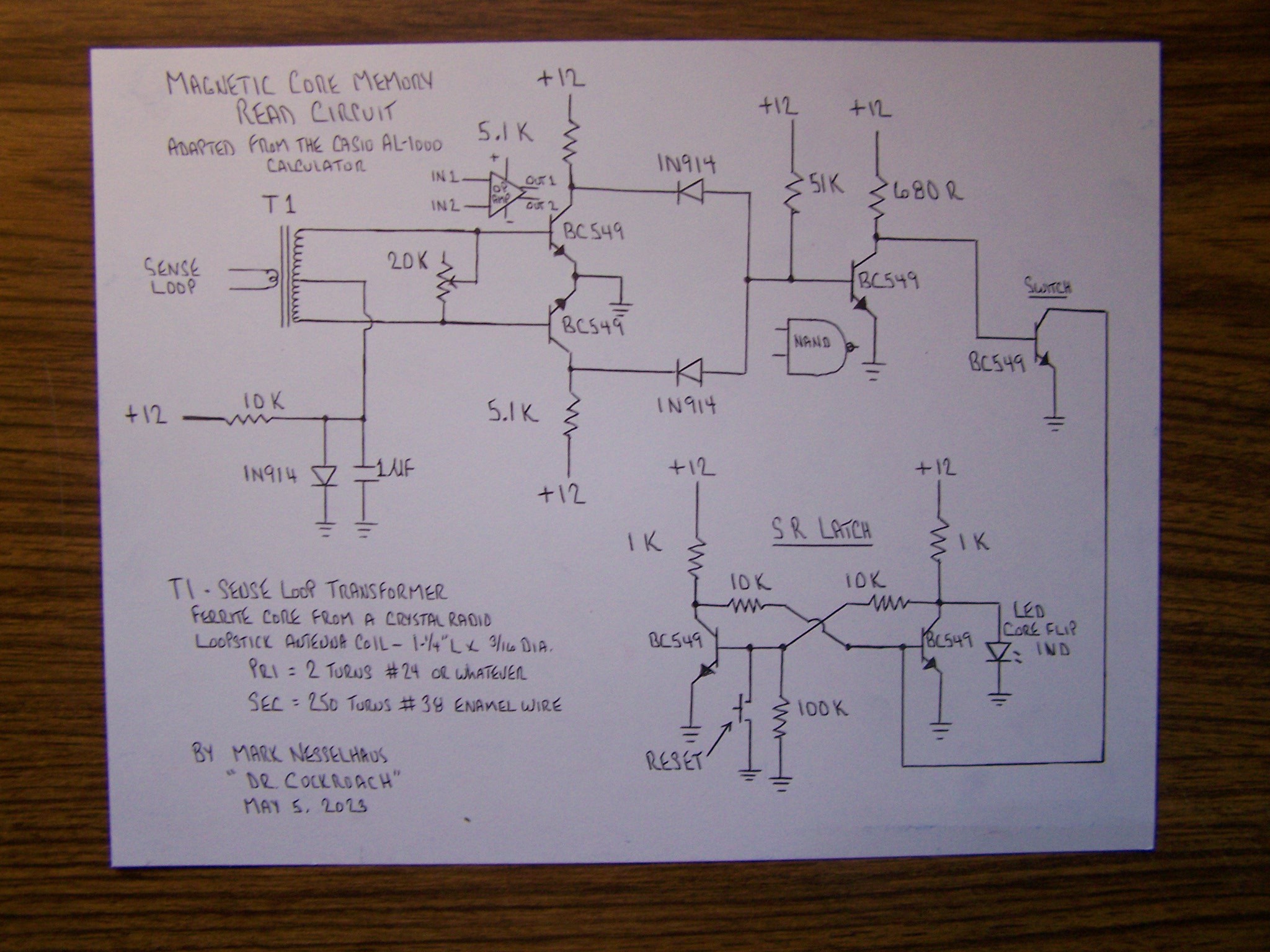
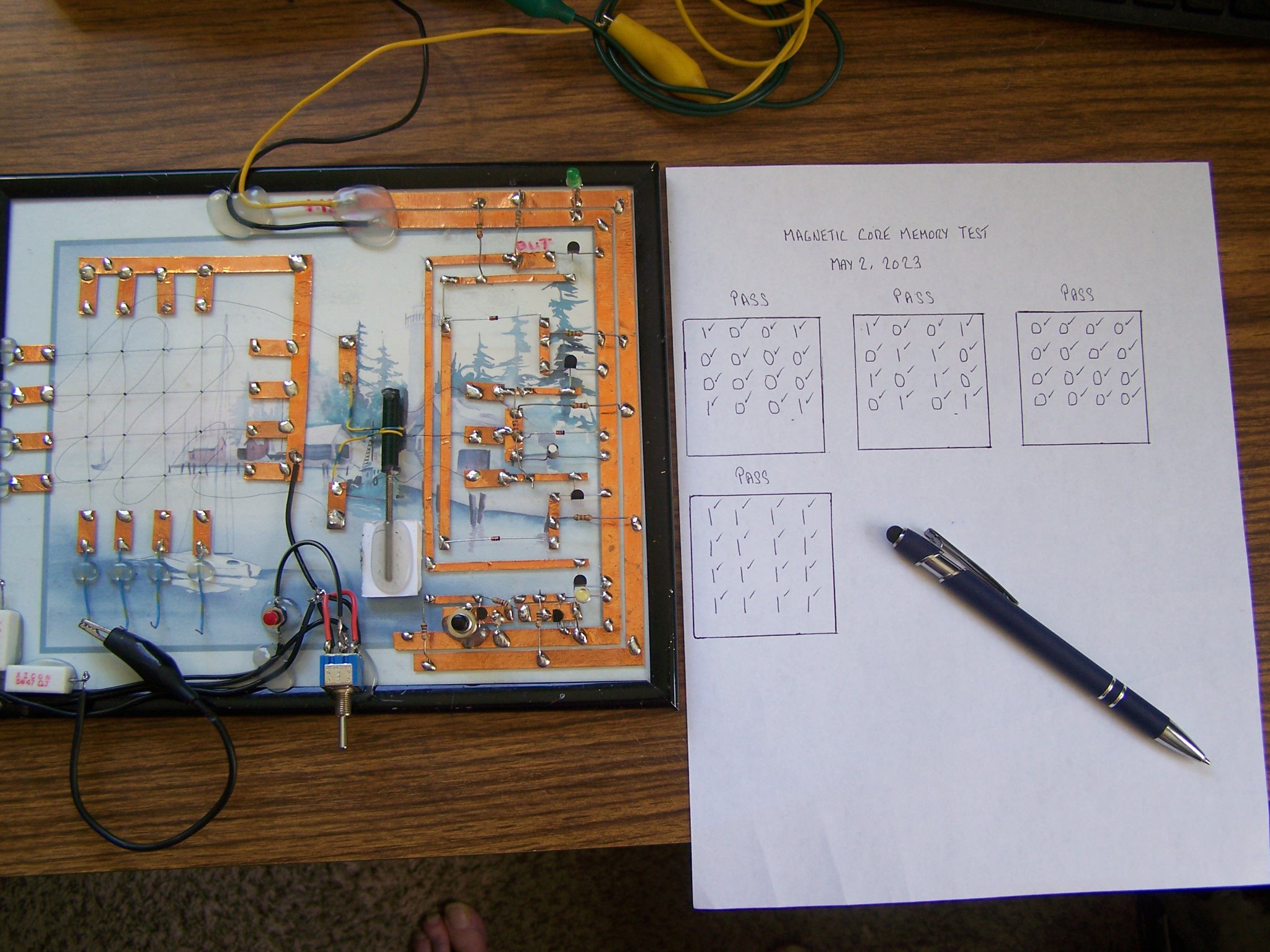
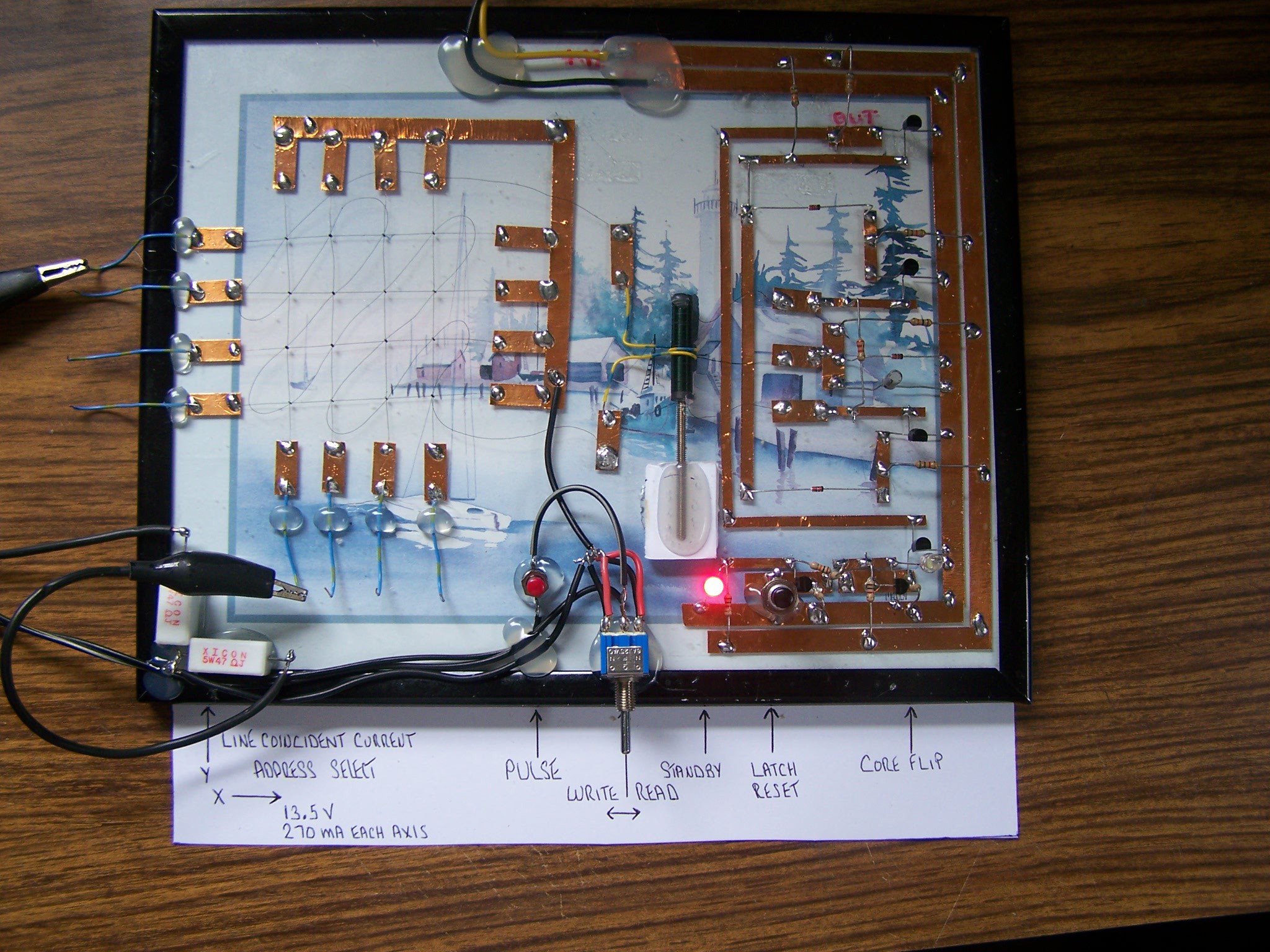
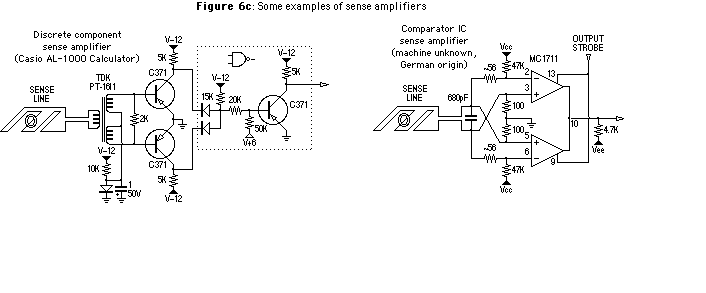
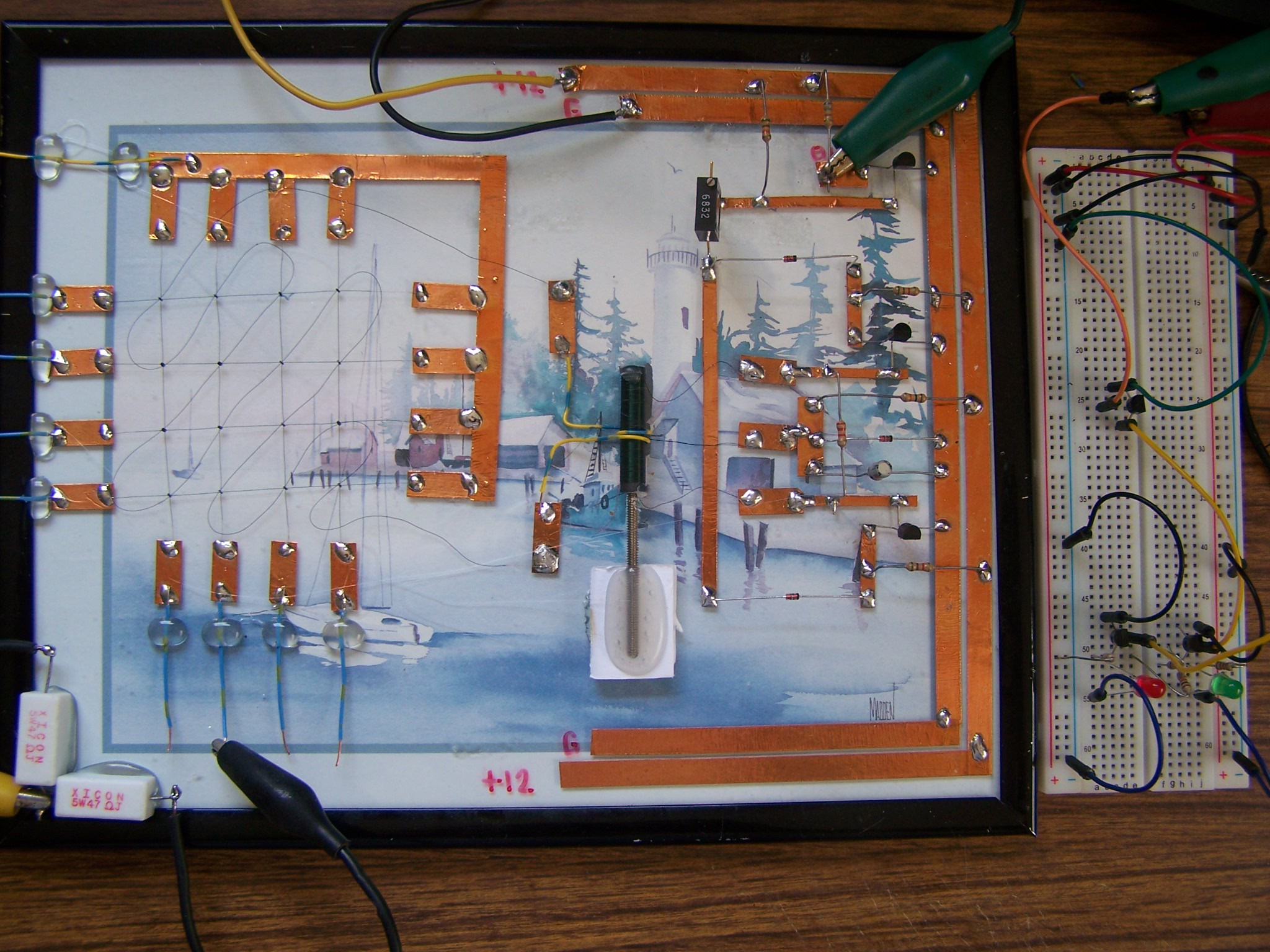




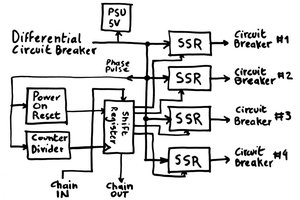
 Yann Guidon / YGDES
Yann Guidon / YGDES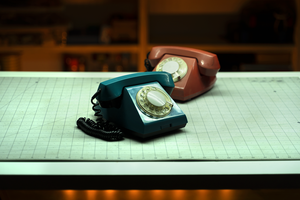
 Thomas
Thomas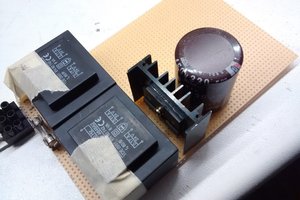
 marble
marble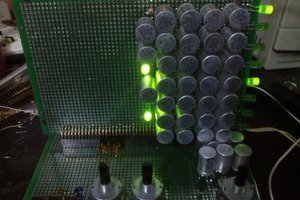
Great idea and a wonderfully quirky execution. That layout method is quite charming. A good inspiration!